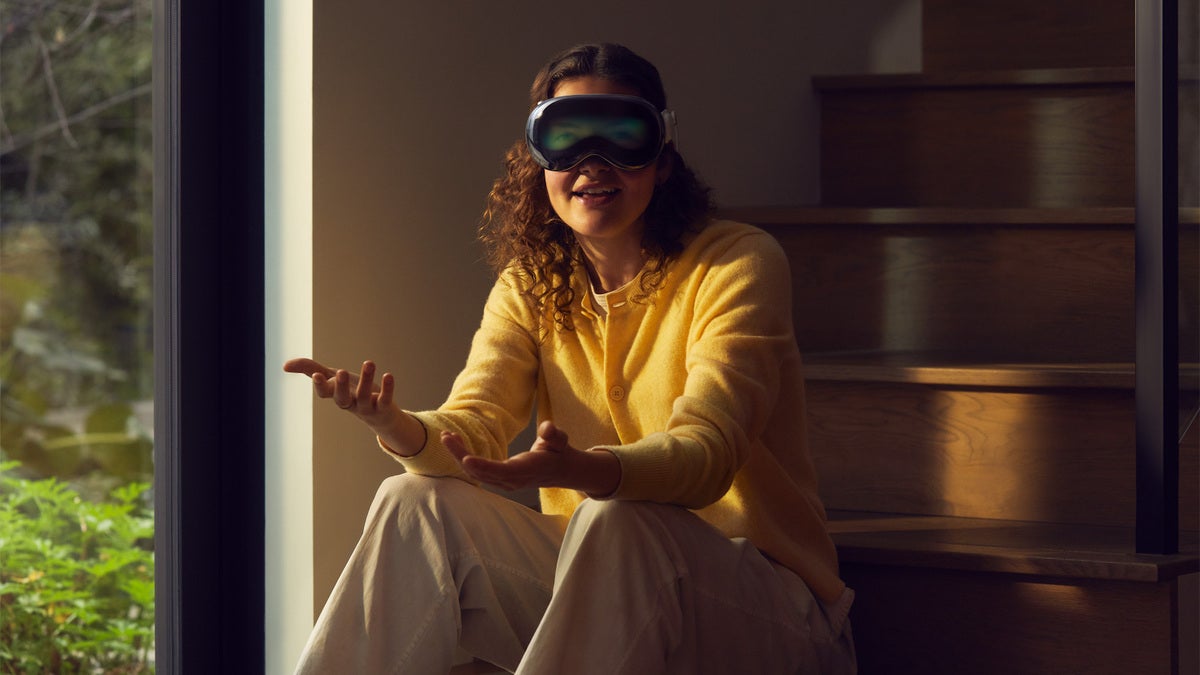It might not yet be clear where Apple’s visionOS (and Vision Pro headset) aims to go. But for enterprise technology decision makers, one way to understand it all is to study what the company itself says. First, where isn’t it going?
According to Apple, it isn’t trying to invent products for use in virtual, augmented, mixed, or even extended reality (VR, AR, XR, or MR). Sure, Vision Pro could support such experiences, but those need to be seen as adjunctive to a bigger ambition.
So, what is that ambition?
Typically, Apple puts its cards on the table up front, but even those watching its hand fall often need more time to understand what it means. It’s in those terms we must consider the phrase it’s used since announcing visionOS: “spatial computing.”
What’s interesting about the phrase is that it was easy at first to see it as little more than an attempt to rebrand all those other experiences (VR et al) into an Apple marketing mantra. But that isn’t correct.
The term itself was first coined by Simon Greenwold in an MIT master thesis as, “…human interaction with a machine in which the machine retains and manipulates referents to real objects and spaces.”
He called it “an essential component for making our machines fuller partners in our work and play.”
The name tells us that Apple’s intention is that a coming range of Vision devices will become a full-fledged computer platform in their own right. These are not ephemeral devices.
How do we know this? Because of how Apple is asking developers to refer to their apps when listed on Apple’s App Store. It doesn’t want app descriptions to include words or phrases such as VR, AR, XR, or MR. Instead, it is requiring they be described as “spatial computing experiences,” or “Vision apps.”
This hints at Apple’s ambitions and suggests an intention to explore where these solutions make the most difference. We know enterprise-focused developers are already curious about Apple’s new platform.
For example, the Omni Group today announced its first Vision-enabled app will be its powerful project management solution, OmniPlan.
In theory, at least, it means the Apple product might become a fantastic tool for managing incredibly complex projects using Gantt charts as long as the room you are in. You’ll zoom in and out, and (conceivably) take meetings, explore 3D interactive project assets, and more from wherever you happen to be. These technologies combine the best of presence with powerful computing.
In the coming weeks we’ll see other examples that hint at how these products could make a significant difference in some businesses.
Who will win the Apple Developer Awards for visionOS?
The best of these won’t be built around immersive experiences for entertainment, gaming, or the other slightly more trivial use cases that seem to define this part of silicon town. I imagine the Apple Developer Awards for visionOS will reward those attempting to…
2024-01-13 02:00:03
Article from www.computerworld.com rnrn
